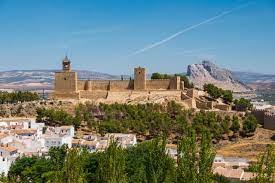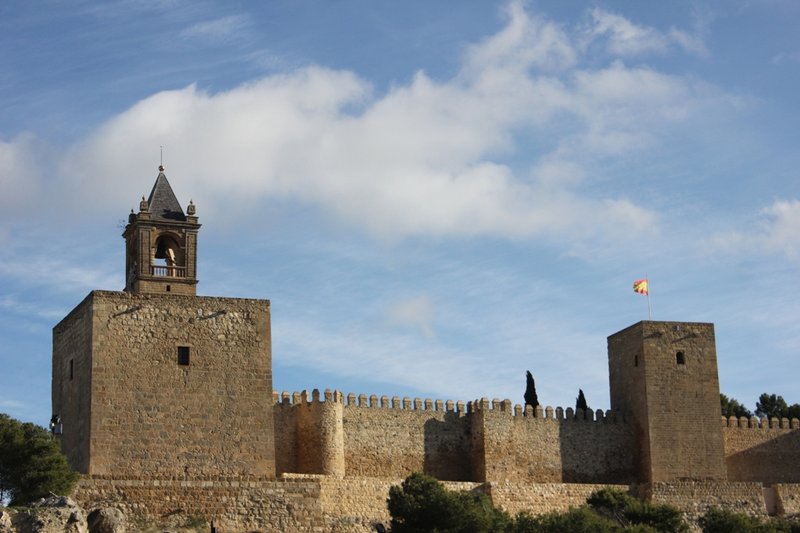At the beginning of the 15th century, what many consider the greatest achievement of Christianity occurred between the Battle of Salado and the conquest of Granada. Fernando de Antequera (of the Trastámara) is known for declaring, after the conquest, the memorable phrase: "Let the sun rise over Antequera and let God do as He wills."
This imposing structure is a testament to the rich history of the region and has played a crucial role in the defense and control of the territory over the centuries.
History
The Alcazaba of Antequera has its origins in the Muslim era when the city was an important strategic fortress on the border between the kingdoms of al-Andalus and the Christian territories of northern Iberia. It is believed that the construction of the alcazaba began in the 10th century during the Caliphate of Córdoba and was completed in the 11th century under the rule of the taifas.
During the Middle Ages, the Alcazaba of Antequera was the scene of numerous conflicts between Muslims and Christians, changing hands several times before being conquered by the Catholic Monarchs in 1410. After the Christian conquest, the alcazaba was adapted for use as a fortress and residence of the Christian governors.
Architecture
The Alcazaba of Antequera is built on a rocky hill that overlooks the city, offering stunning panoramic views of the surroundings. The defensive structure of the alcazaba consists of several walls, towers, bastions, and fortified gates spread across different levels.
One of the most notable features of the alcazaba is its imposing keep, known as the Torre Blanca, which rises over the highest point of the hill. This square-plan tower, constructed of limestone, served as the governors residence and as the last defensive stronghold in the event of an attack.
Defensive Elements
The Alcazaba of Antequera is designed with a series of defensive elements that made it practically impregnable. Among these elements are:
Walls and Towers: The alcazaba is surrounded by an impressive wall over 1.5 kilometers long, reinforced by numerous towers and bastions that provided protection against enemy attacks.
Fortified Gates: The main entrance of the alcazaba is protected by a fortified gate known as the Puerta de la Villa, which was equipped with closing and defense mechanisms to prevent access by intruders.
Moat and Counterwalls: On the east side of the alcazaba, a moat and a system of counterwalls were constructed to protect it from attacks from that side, thus hindering access from the city.
Cultural Importance
The Alcazaba of Antequera is one of the most important monuments in the city and a symbol of its historical and cultural past. From its construction in the Muslim era to its use as a Christian fortress, the alcazaba has been a center of power and control in the region and has left an indelible mark on the history of Antequera




















